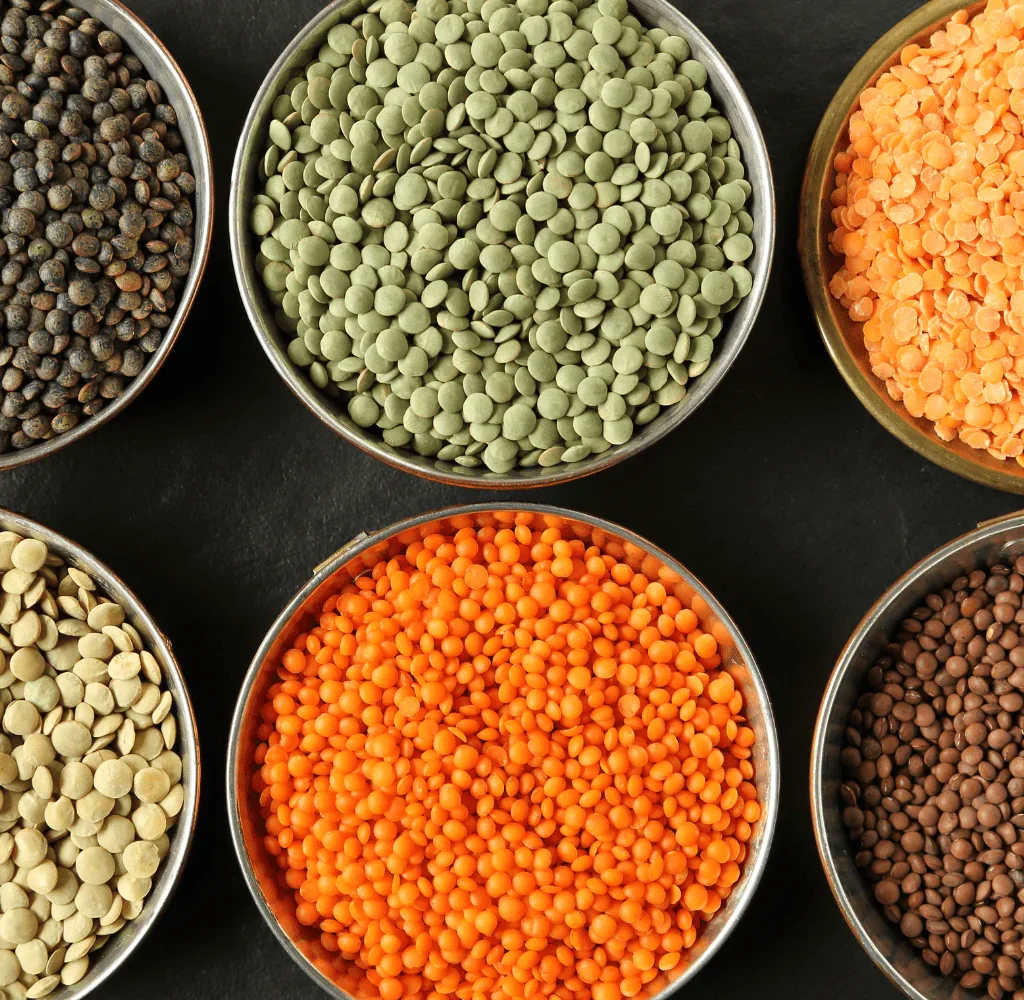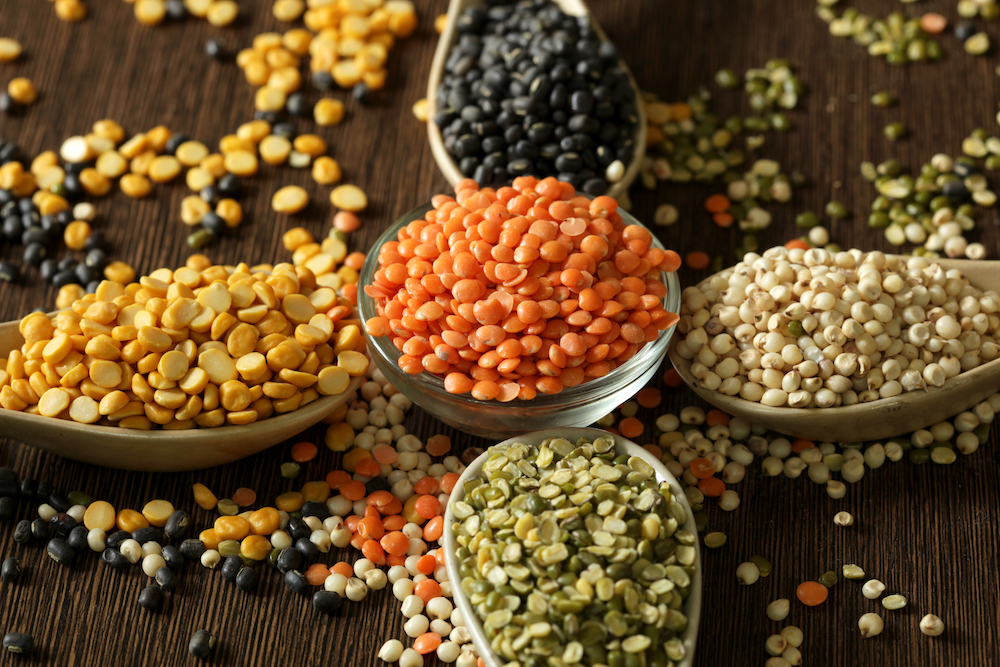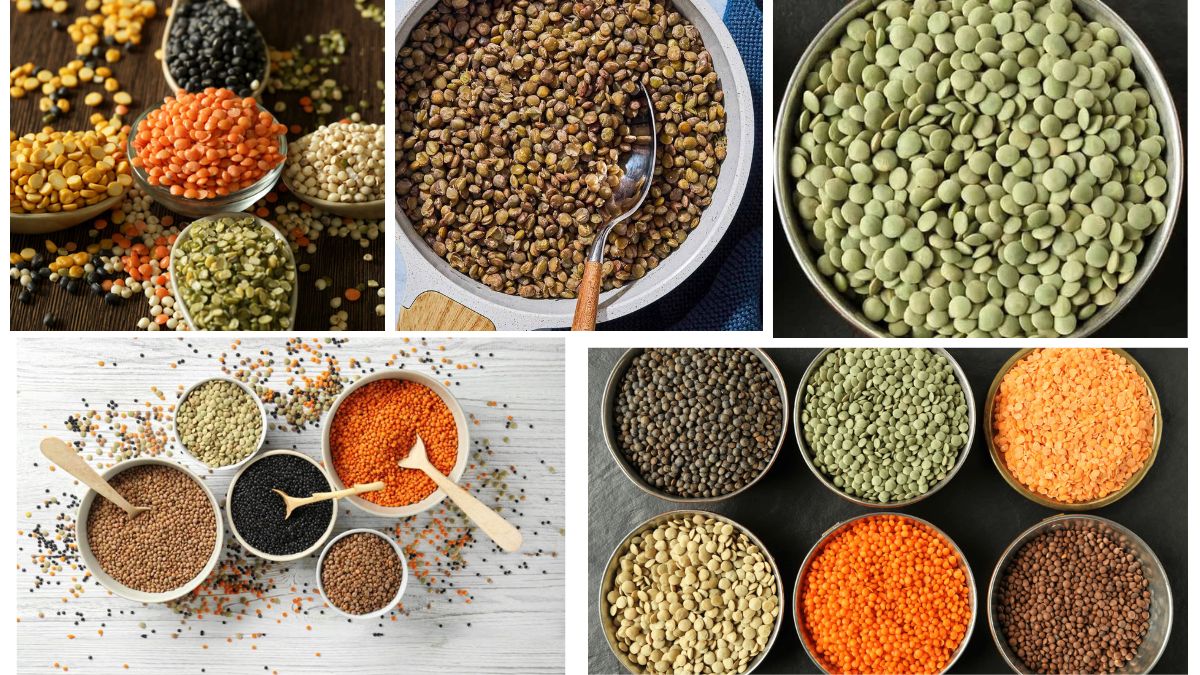Lentils—those small, lens-shaped pulses—have been a cornerstone of human nutrition for thousands of years. Known for their high protein content, fiber, and essential minerals, lentils play a significant role in food security and sustainable agriculture. With the global population increasingly turning to plant-based diets and sustainable protein sources, lentil production has taken on new importance. But which country leads the world in lentil production, and what makes it the top player in this vital agricultural sector?
This article explores the global lentil industry, focusing on the world’s largest producer, key statistics, agricultural practices, and economic implications.
A Snapshot of Global Lentil Production

Lentils are cultivated across diverse climatic regions, with their adaptability allowing them to be grown in countries ranging from Canada and India to Turkey and the United States. According to the Food and Agriculture Organization (FAO) of the United Nations, the global production of lentils has seen steady growth over the past two decades. Lentils are primarily grown in temperate and semi-arid regions and are valued both for human consumption and as a rotational crop that enriches soil through nitrogen fixation.
The World’s Leading Lentil Producer: Canada

As of the latest data, Canada holds the title of the largest lentil producer in the world. This might come as a surprise to many, given the traditional association of lentils with South Asian cuisine. However, Canada’s investment in agricultural innovation and its vast expanses of arable land have made it the undisputed leader in lentil production.
Key Statistics:
- Annual Production: Over 2 million metric tons (varies slightly year to year).
- Global Share: Canada contributes approximately 35–40% of the world’s total lentil production.
- Primary Regions: The majority of lentils are grown in the Prairie provinces, particularly Saskatchewan, which accounts for about 95% of the country’s lentil output.
Why Canada Dominates Lentil Production

1. Climatic and Soil Conditions
Canada’s prairie regions provide the ideal environment for lentil cultivation. The semi-arid climate, rich black soil, and long daylight hours during the growing season contribute to high yields and excellent quality lentils.
2. Advanced Farming Practices
Canadian farmers utilize cutting-edge agricultural technology and sustainable farming techniques. Precision farming, GPS-guided tractors, and research-driven seed breeding programs have significantly boosted productivity and resistance to pests and diseases.
3. Government and Institutional Support
The Canadian government and institutions like Agriculture and Agri-Food Canada have invested heavily in research and infrastructure to support pulse crop production. These initiatives have helped farmers adopt best practices and improve efficiency.
4. Export-Oriented Industry
With a relatively small domestic market for lentils, Canada exports over 90% of its production. The country has built a strong supply chain infrastructure, including railways and port access, allowing it to efficiently serve international markets.
Canada’s Global Market Impact
Canada’s dominance in the lentil market has significant global ramifications. Major importers of Canadian lentils include:
- India
- Turkey
- Bangladesh
- United Arab Emirates
- Sri Lanka
India, in particular, relies heavily on Canadian lentils to meet its large domestic demand, especially during periods of low domestic yield due to monsoonal fluctuations.
Other Major Lentil Producers

While Canada leads the world, several other countries also play important roles in global lentil production:
1. India
India is traditionally one of the largest producers and consumers of lentils. It produces about 1.2 to 1.5 million metric tons annually. However, domestic consumption often exceeds production, leading India to import significant quantities.
2. Turkey
Turkey is a prominent lentil producer, particularly known for red lentils. It has a well-established processing and export sector and is one of the top suppliers to European and Middle Eastern markets.
3. Australia
Australia has emerged as a strong player in the lentil market over the past decade. Its production is mainly concentrated in Victoria and South Australia. Like Canada, Australia exports a large percentage of its lentils.
4. United States
The U.S., especially the states of North Dakota, Montana, and Washington, has expanded its lentil farming over the last two decades, producing around 300,000 to 400,000 metric tons annually.
Types of Lentils Produced
The global market includes several varieties of lentils, each suited to different culinary uses and growing conditions:
- Red Lentils: Popular in Indian cuisine and widely exported.
- Green Lentils: Often used in European and Middle Eastern dishes.
- Brown Lentils: A staple in many international kitchens.
- Black (Beluga) Lentils: High in protein and favored for gourmet dishes.
Canada produces mainly red and green lentils, which are in high demand globally.
Economic and Nutritional Importance

Lentils are a powerhouse crop with vast implications:
- Nutritional Value: Rich in protein, fiber, iron, folate, and antioxidants. A key source of plant-based protein.
- Low Environmental Footprint: Lentils require less water and fertilizer compared to many other protein sources.
- Soil Health: They improve soil fertility by fixing atmospheric nitrogen, making them excellent for crop rotation.
With climate change and sustainability at the forefront of agricultural discourse, lentils are increasingly seen as a crop of the future.
Challenges in Lentil Production
Despite its strengths, lentil farming faces challenges:
- Climate Change: Unpredictable weather patterns can affect crop yields.
- Trade Barriers: Tariffs and import restrictions (as occasionally seen with India) can disrupt export markets.
- Pest and Disease Pressure: Lentils are susceptible to issues like root rot, aphids, and fungal infections.
Addressing these challenges requires continued research, adaptive practices, and international cooperation.
Conclusion
Canada’s position as the world’s largest lentil producer underscores the power of innovation, strategic investment, and sustainable farming. With over 2 million metric tons of annual production and a strong global export network, Canada not only meets international demand but also sets the standard for efficiency and quality in lentil agriculture.
As lentils gain popularity for their nutritional and environmental benefits, the global focus on pulse production will likely intensify. For now, Canada leads the charge, playing a vital role in feeding the world one lentil at a time.





